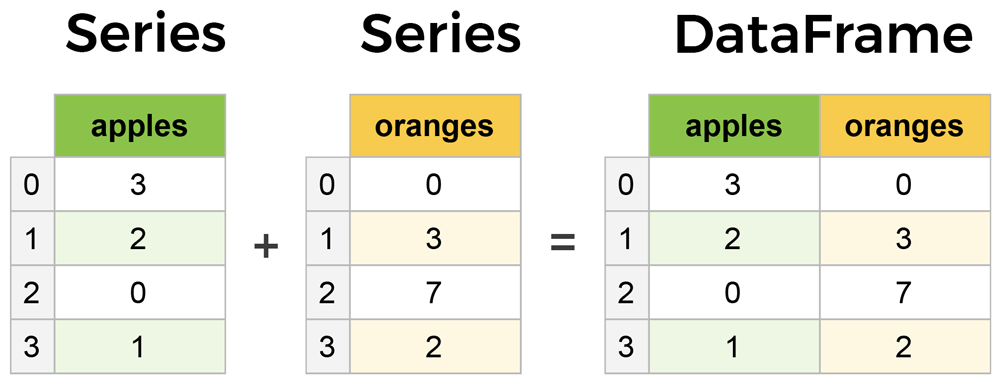Python is gaining huge success in the field of data science as a phenomenal tool that can write tough logics in simple codes and get us all the computations in fractions of seconds with its inbuilt features. It can be argued that it is making programmers lazy or helping to grow them by handling little tasks for them.
This article is about two basic and crucial libraries of python that work hand in hand to get better results. NumPy and Pandas.
Python – Numpy Library
NumPy stands for Numerical Python a library that is built to perform mathematical operations on matrices and large multidimensional arrays.
Let’s talk about them one by one with first being NumPy.
You need to install NumPy exclusively if you want to use it.
For CMD try
pip install NumPy
For Anaconda try
conda install NumPy
Once installed you can directly start working without any wastage of time as it will directly be stored in your libraries’ folder and be ready to use without any specifications.
The tutorial is using Jupyter as IDE [Integrated Development Environment]. It is recommended to use this if you are a newcomer as it makes screen look pleasant to code. However, spyder or idle will also work just fine. So, let’s dive in.
Numpy has tools for integrating C/C++ and Fortran code along with useful linear algebra, Fourier transforms, and random number capabilities.
You can download the code from here – https://github.com/Ranjan-Kashyap/numpy-pandas-blog/blob/master/Pandas_Examples.ipynb
You have to download the above mentioned code an view it in your Jupyter notebook. There you’ll see the further explanation of the code with examples.
Python – Pandas Library
Pandas is built over NumPy as a data manipulation library that provides us with data structures and can store tabular data in rows and column form and further manipulate it if required. So, now you know why they work hand in hand.
Pandas is built over NumPy as a data manipulation library that provides us with data structures and can store tabular data in rows and column form and further manipulate it if required. So, now you know why they work hand in hand.
For CMD try:
pip install pandas
For Ananconda try:
conda install pandas
Before starting, let’s first learn what a pandas Series is and then what a DataFrame is.
In pandas, you call an array as a series, so it is just a one dimensional array. It can also be seen as a column. It can hold data of any datatype. You call an ‘n’ dimensional array as a DataFrame. It can also be seen as a combination of rows and columns. It can hold data of multiple series.

You can download the code from here – https://github.com/Ranjan-Kashyap/numpy-pandas-blog/blob/master/Pandas_Examples.ipynb
You have to download the above mentioned code an view it in your Jupyter notebook. There you’ll see the further explanation of the code with examples.
Conclusion
So in this article I have explained the basic concepts of Python’s Numpy and Pandas library. These two libraries are most important if you are doing some data science kind of work and want to use Python for that. I hope this article was helpful for you. Let me know any of your questions in the comments below.


